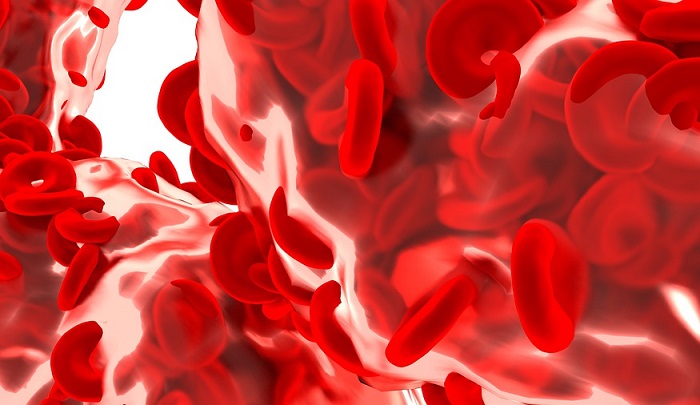We might have thought in our childhood that the blood in our veins is blue. One may feel so after looking at the wrists as the veins in them seem blue. But is it really blue blood? The answer is ‘no’. These are several such blood facts that one must know. How much blood is there in the body? Blood is an essential component of the human body. It acts as the transporter of oxygen to all the organs of the human body. It also carries the vital nutrients required for survival.
What is blood’s colour?
The colour of the blood is red, though the shade may vary depending on the level of oxygen in the blood. The complex protein molecule in red blood cells, ‘haemoglobin’ contains iron that reacts with oxygen and gives blood its red colour. The blood in the arteries that carry oxygen to the organs from the heart is rich in oxygen. That is why it is bright red. However, the blood that returns from the organs through the veins is deoxygenated. The blood is still red but has a darker shade of red due to lack of oxygen. The blood in the veins appears blue because of the darker shade of red and the way light travels through the skin which is one among the important blood facts.

If you lose blood, how much can you lose?
Blood is a necessary component of the human body and apart from transporting oxygen, supplying nutrients to all the organs of our body is essential in maintaining body volume through its noncellular part, which is plasma. A person can handle the blood loss depending on whether it is acute, i.e. sudden as in accidents or slow as in stomach ulcers. Sudden loss of 20% or more can be life-threatening and needs immediate replenishment. Gradual loss needs to be managed by treating the cause.
What are the types of blood?
The blood type may vary depending upon the presence of specific antigens on the surface of RBC and presence of corresponding antibodies. Based on the antigens, there are four blood types- A, B, AB and O. The most common antigens found in people are A and B. People with O blood group do not have either antigen and AB has both. ‘O’ is the most commonly found blood type in India. Rhesus factor is another antigen found in humans. It is a protein. People who have this protein are Rh-positive, and those without this protein is Rh-negative.
What are White Blood Cells?
White Blood Cells (WBC) are essential to fight against infections and to maintain a healthy immune system. WBC are of many types, each having a different vital role. It is indispensable to have an adequate number of each of these cells to fight virus and bacteria or any foreign body entering our body.
How much blood we have?
The quantity of blood varies from person to person depending upon the body surface area of a person. A more significant person carries more blood volume as compared to a smaller person. The volume of blood in the adult human body varies from 3.5-5.5 litres.




![The Top & Most Popular Seafood Bucket Restaurants in Dubai for you [Never Miss]](https://uae24x7.com/wp-content/uploads/2020/09/8-seafood-in-a-bucket-scaled-e1600739237403.jpg)
![Procedures for Renewing the Driving License in Abu Dhabi [3 Simple Steps]](https://uae24x7.com/wp-content/uploads/2020/07/Capture-9-e1595666454466.jpg)





